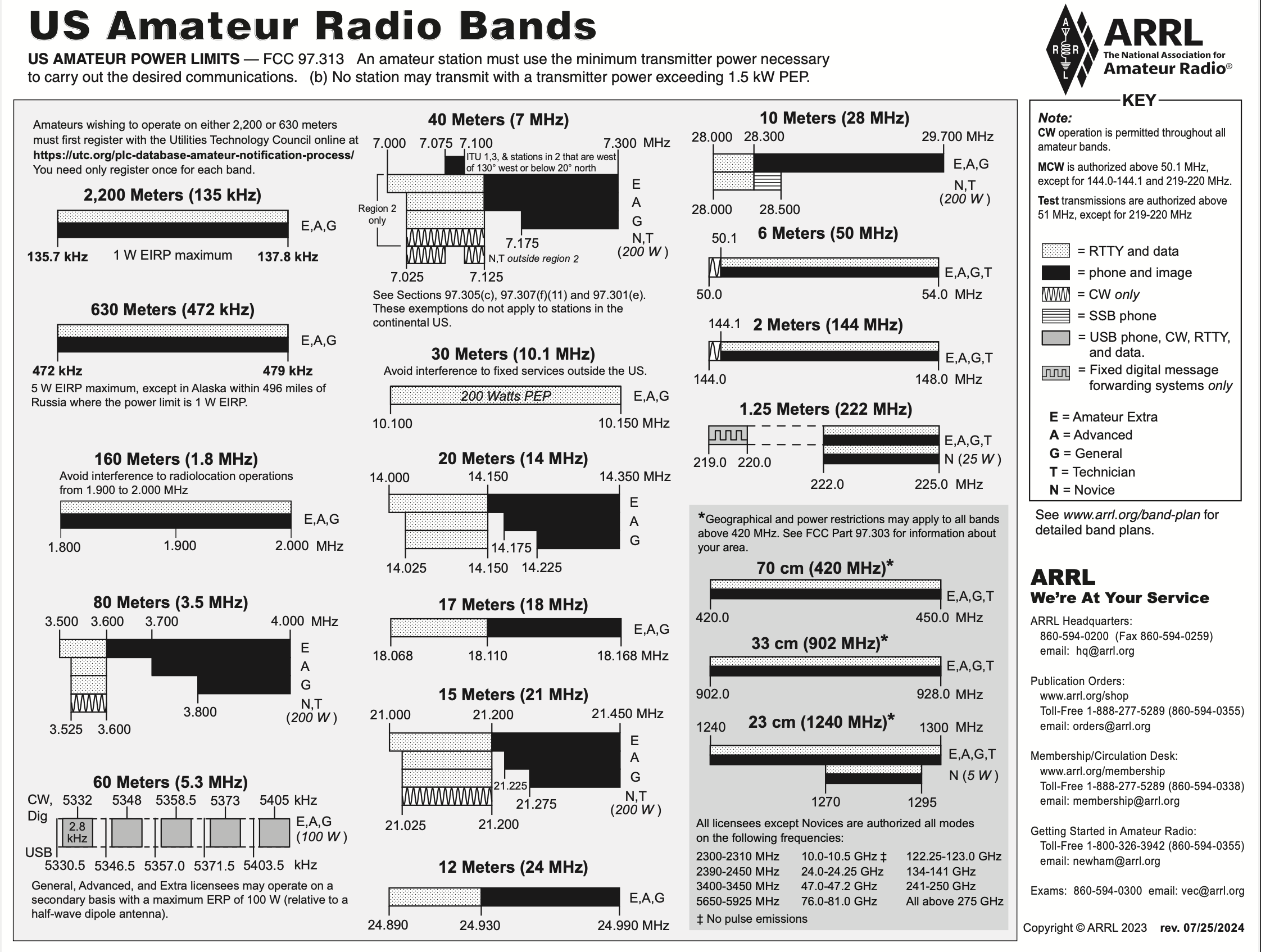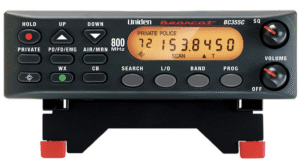We live in an open book world.
Anyone with even a small shred of awareness knows that there is no true privacy in our modern world. Everything about you, even things you don’t know about yourself, are archived somewhere in a database. The information may be difficult to access, and it’s possible no one cares enough to look for it, but it does exist. Amateur radio presents unique challenges for communications security.
Cool story, bro. But what has it got to do with amateur radio?
Most of the time, hams exchange generic information of little or no intelligence value: weather conditions, antenna and types of equipment used, casual chatter, etc.
There will be times when keeping your business to yourself during radio communications may be desired. This need will arise mostly during disaster and SHTF situations. Survialists and preppers, including those who only loosely place themselves in this category, should pay attention.
It’s not going to be easy.
Unfortunately, the nature of amateur radio is antithetical to secure, private communications, at least if one is doing it legally. The radio bands are available to anyone with a cheap receiver, and codes & encryption are illegal. While there is no such thing as true “communications security” on ham radio, there is a lot operators can do to reduce exposure.
Data modes. By utilizing any of the numerous data modes, you automatically eliminate the possibility of eavesdropping by every operator not set up for data. There are no firm statistics on how many hams are not data-capable, but the number is surely not insignificant. Data also lets you evade casual, non-ham listeners as it is highly unlikely they have the means to decode these transmissions. The only disadvantage, other than the additional technical complexity, is that all stations in your group must be set up for the chosen mode.
Low power. In most disaster/SHTF situations, you will probably not need to communicate great distances. Keeping in mind that most of the people in your group are probably nearby, there is no reason to crank up the wattage and throw a signal afar. This one’s not complicated. The less power you use, the smaller the potential listening audience.
Antennas. Sometimes having the best, most kickass antenna in the land is not as great as it seems. Again, assuming you need mostly local comms, a hot antenna will likely toss a signal farther than it needs to go. Don’t take a jet when a bicycle will do. For communications in your immediate area, use handheld radios with rubber antennas, or a standard antenna at a deliberately lower elevation. If longer distance communications are needed, consider a beam antenna to narrow the potential listening area.
Unpopular bands. One way to better secure your communications is by hiding in plain sight by using less-trafficked bands where few people would bother to look for your transmissions.
160 meters is a good pick. There are bands even lower than 160 that I am sure most hams don’t even know exist, although I don’t know how or where one can get the proper equipment. 80 through 10 meters are obviously the least desirable from a visibility standpoint.
Beyond ten meters use of the various available frequencies can vary by geographical location. In most areas, everything above 70 cm is a ghost town. Not many hams even have equipment capable of operating above 450 MHz, so those who do can greatly enhance their communications security. Six meters might be a quiet band in some locales.
Outside the ham bands. FRS, GMRS, and yes even good ol’ CB radio are possibilities worth looking into. FRS radios have a typical practical range of a few hundred yards. This makes them ideal for neighborhood communications without too much concern anyone beyond the neighborhood can hear you.
Citizens’ Band radio was AM only until 2021 when the FCC approved FM for use in the USA. Decades of AM only radio production, plus the decline of CB use overall, means hardly anyone is on CB and of those who are an even smaller number are using FM mode. This makes it a great local communications medium. Set your group up with some FM-capable CB radios and it’s almost certain no outside parties will be able to copy you.
Scanners and spectrum displays are not your friend.
Back in the day spectrum displays were called “spectrum analyzers”. They were used only by research labs and professional technicians because they cost well beyond hobby-level budgets. Today, spectrum displays are so advanced and inexpensive that they are now built in to most ham radios. This presents a problem for radio amateurs who want to keep their communications on the down low, as much as one can on the ham bands. Spectrum displays make it very easy to monitor a wide chunk of the band and investigate any signal. It does not require an operator to be on the same frequency or manually tune up and down the band. communications security
Scanners are not as effective as spectrum displays at sniffing out signals, but they do eliminate a lot of human intervention. Gone are the days when one had to manually program frequencies, or if you’re really old, have a different physical crystal for every frequency. Now it’s just push a few buttons and the machines do the rest.
Spectrum displays and scanners both make it a lot easier to find signals, which means it’s harder to hide. Unfortunately, keeping transmissions short and changing frequencies often are about all you can do to counteract these technologies.
Create code words.
I’m a member of a firearms-related group on social media. Because the platform we use does not allow the sale of guns or ammunition, we’ve come up with some clever code words to skirt the rules. For example, if someone is selling 9mm ammo, they simply announce that they have “French sauerkraut” for sale. Everyone in the group knows what they are really talking about. The system works.
You too can create clever code words for people, places, and things so that anyone eavesdropping will not know, at least not specifically, what you are discussing.
Of course your group will need to coordinate on codes and what they mean. This takes a little planning, but will make transmissions hard to follow.
Do the frequency shuffle.
Another tactic is to constantly change frequencies. For example, from 00:00 to 00:15 past each hour, use “frequency Yellow”. For 00:15 to 00:30 “frequency Blue”, and so on. At the top of the next hour, the cycle starts over. For an added measure of security use an entirely different set of frequencies or bands. As with codes, your group will have to agree on a system ahead of time.
The bottom line.
The goal of all these concepts is simple. You want to be as unnoticed and difficult to receive/understand as possible by anyone outside your circle. Unfortunately, there is no 100% solution. The best anyone can do to have some loose form of (legal) secure communications on amateur radio is to use language that is deliberately evasive and vague to outsiders, don’t send a signal any further than absolutely needed, “hide” on offbeat bands/frequencies, and to the greatest extent possible, don’t call attention to oneself. Amateur radio is an open platform so it is more or less impossible to have genuine communications security. Following these guideline will give you the best that can be had.


Thank you. Good information.
I am reminded of the code talkers of WWII. Maybe some groups have folks with an off-beat language experience which would add some additional complexity to messages. It would not have to be full on klingon but a few phrases here and there may be something too.
Another thought that came to me as I was reading this article is using a crossband communication plan with changing frequencies on both bands. This along with the old rule of using minimum power necessary to maintain comms, using code words and abbreviated transmissions should further aid in keeping your communications out of the limelight.
73!
Hi Carl, you are right. Crossband is a great idea to obscure communications. Thanks for stopping by.